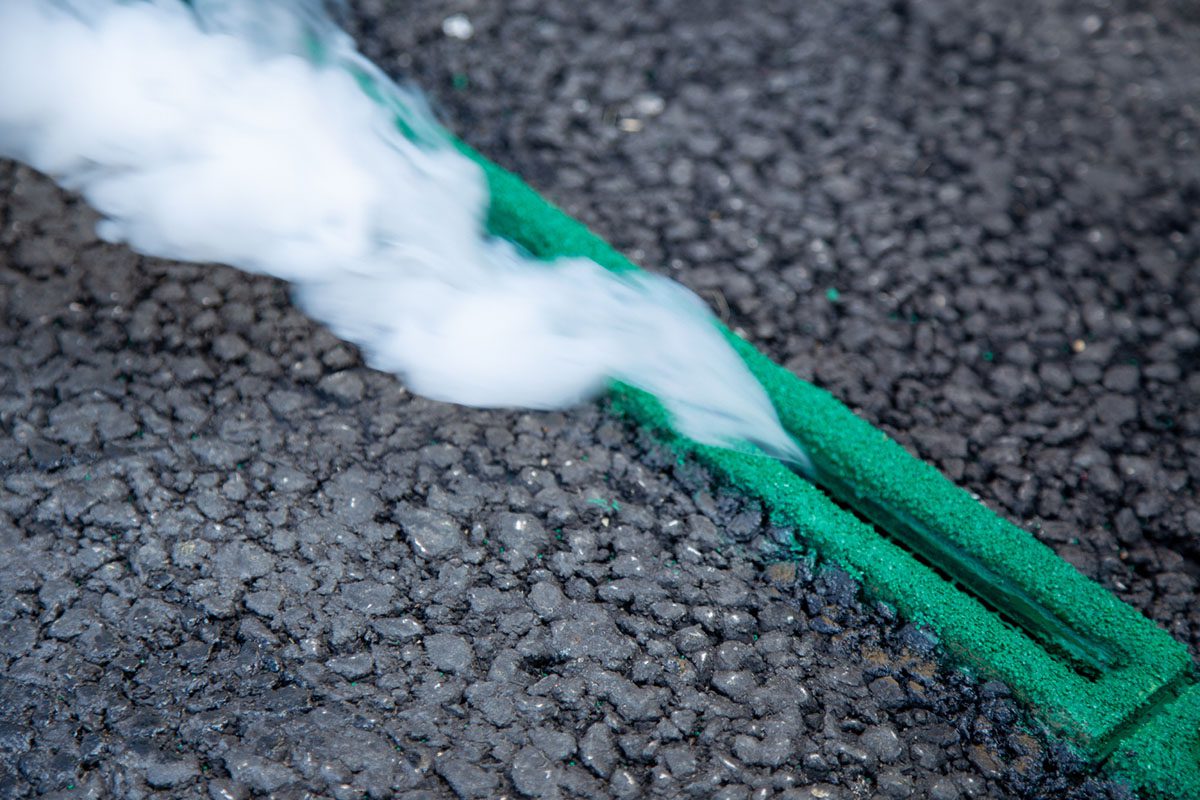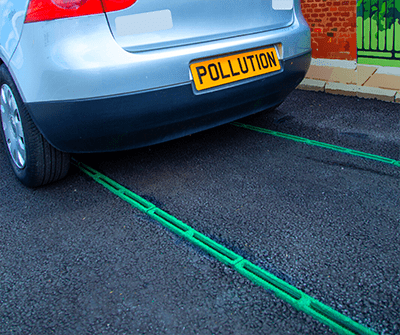
Suction technology installed in roads offers a novel solution to the problem of urban air pollution, and a new study appears to support the approach.
The technology could be installed outside schools, hospitals and other hotspots where roadside air pollution is at its highest, says the firm behind the approach.
And a new study led by Swansea University’s Professor Paul Lewis appeared to rank Roadvent technology as preferable to several other approaches, when it comes to reducing nitrogen dioxide (NO2) concentrations to below UK regulatory standards.
Developed by UK firm Pollution Solution, the technology works by actively capturing vehicle exhaust emissions and ultra-fine particles originating from tyre and brake pad wear.
“Roadvent is discreetly installed into roads to capture, filter and release clean air at the roadside directly below traffic. This has been independently and scientifically verified to reduce human exposure to road-based air pollution by 91 percent.”
Roadvent significantly lowers NO2 concentrations and minimises the long-term economic burden on healthcare systems, without big changes implemented onto the public.

The new study led by Professor Paul Lewis modelled various strategies for cutting toxic nitrogen dioxide, with Roadvent coming out on top.
The results reported indicated that diverting HGVs and buses away from the area reduced emissions to 31µg/m3 but would likely cause an increase in other areas. A ‘no-idling’ scheme alone was predicted to be insufficient in achieving compliance with regulatory requirements.
Thomas Delgado, CEO of Pollution Solution, said: “Roadvent represents a paradigm shift in our capabilities to address air pollution by providing essential infrastructure that protects human lives right now, today. The full transition to electric vehicles will take decades and will still see considerable quantities of harmful particulate matter released into the atmosphere.
“Our technology is proven by this study to be a highly effective response to one of the most pressing challenges of our time, safeguarding both our health and our economy from the burden of air pollution.”
Professor Paul Lewis, author of the study and Professor Emeritus at the Medical School Swansea University, said: “This study will be of significant interest to policymakers. The government is already collecting pollution data across many parts of the country that can inform strategic decision making on where new solutions such as Roadvent could be deployed. This research provides insights that can be replicated on a broader scale.
“The results of our comprehensive modelling go beyond just reducing NO2 concentrations; they can contribute to delivering positive change in the broader context of environmental responsibility and health.”
The new study has also been used in Kirklees Council as a base for its bid to DEFRA’s latest air quality grant. The council hopes to bring compliance of nitrogen dioxide (NO2) concentrations within UK regulatory standards.
The system has been granted a patent in 21 countries.








